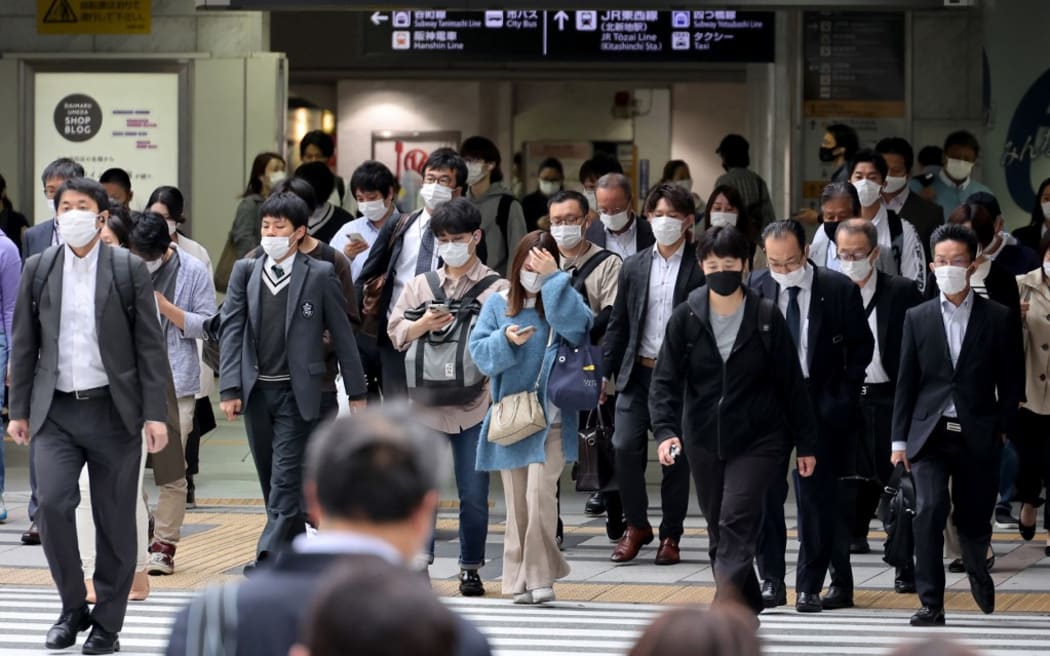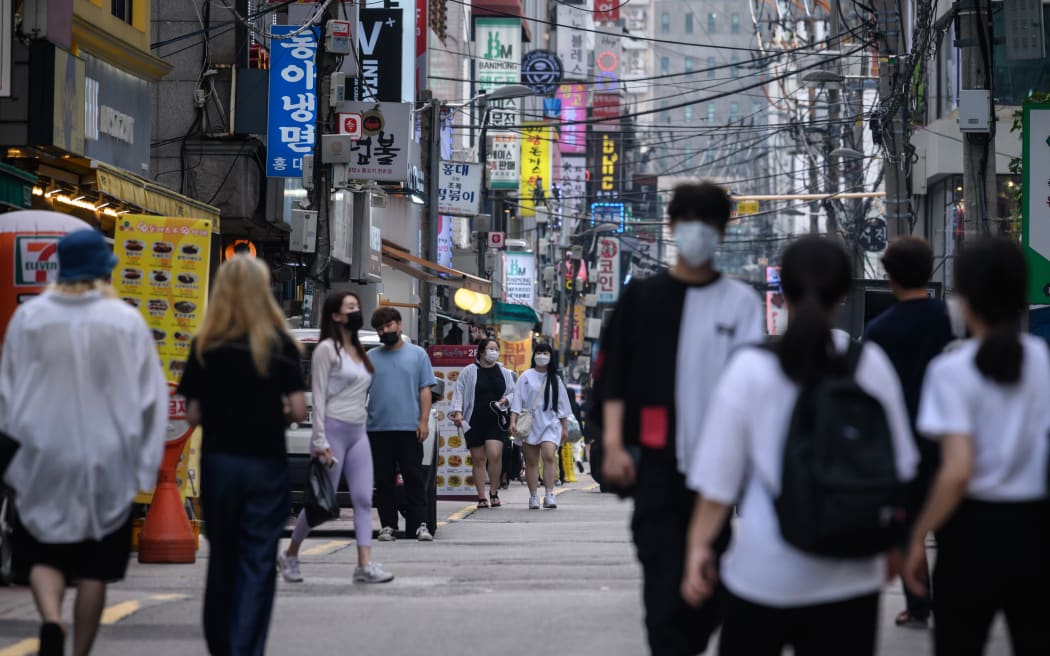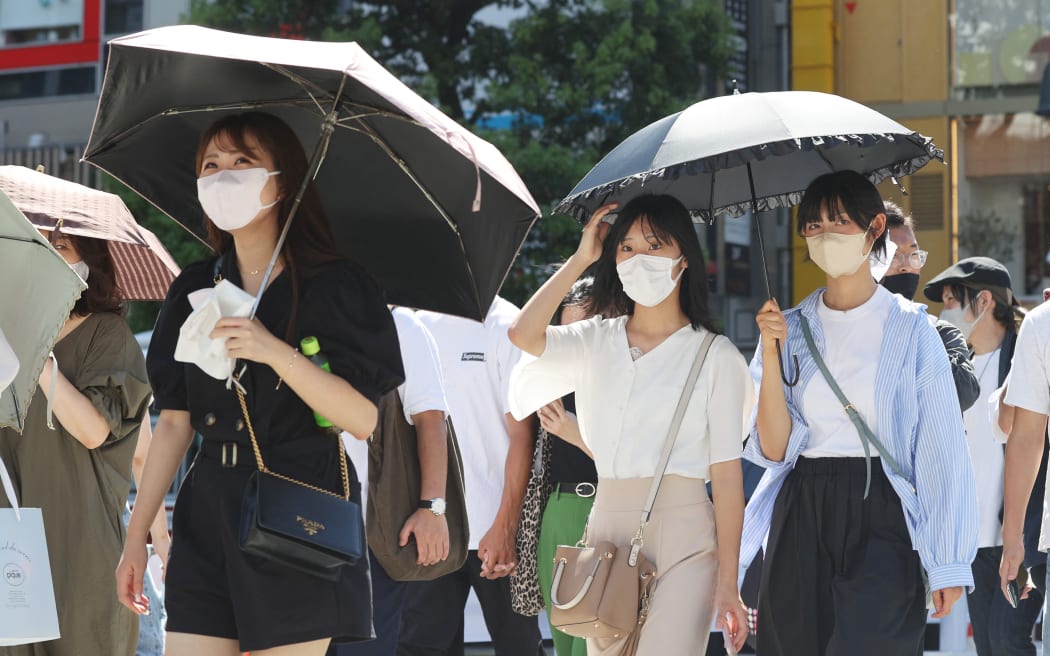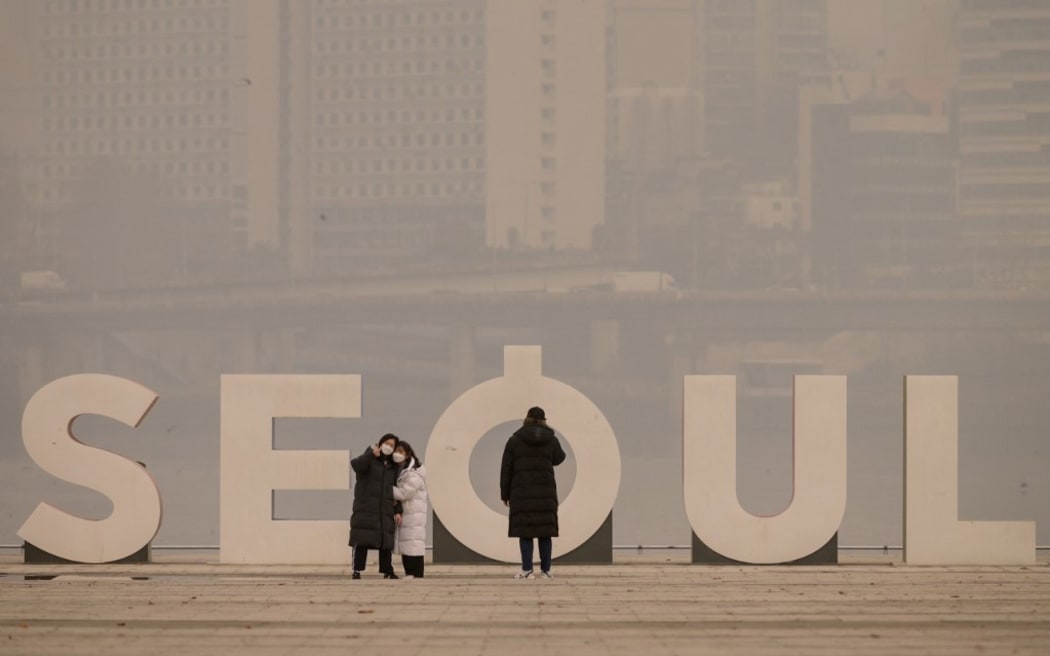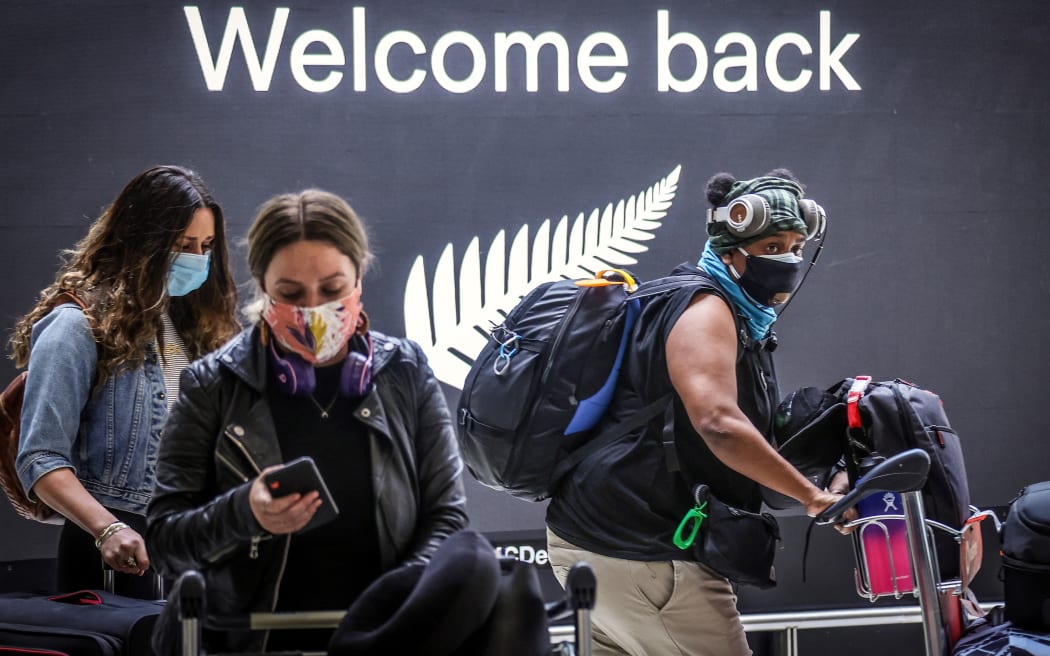Why the Republican insurgency will not be a second civil war
John Stoehr
August 11, 2022

Supporters of President Donald Trump riot at the U.S. Capitol in Washington, D.C., on Wednesday, Jan. 6, 2021.
- Yuri Gripas/Yuri Gripas/TNS
A pattern emerged in the hours after the FBI lawfully searched the Florida home of the former president. Indeed, it was deeply familiar.
It goes something like this.
When Bad Thing X happens to Donald Trump – and, given who we’re talking about, there’s always a Bad Thing X – it’s actually Good Thing Y, because it’ll arouse the resentments of his supporters. It doesn’t matter what Bad Thing X is. What matters, for the purposes of propaganda, is that this pattern is used at Trump’s convenience. And, given who we’re talking about, that convenience has come in handy.
But what started as convenience, effective though it may have been, has evolved into a habit, which has evolved into a tic, which has evolved into a tell. Whenever someone says Bad Thing X is actually Good Thing Y, we can have confidence that it’s no such thing.
A new civil war?
After the FBI searched the former president’s home for secret government documents that, according to the Wall Street Journal, he would not surrender voluntarily, online chatter among his supporters tsunamied, according to Vice News, into calls for a new civil war.
“A total war on dissidents is about to unfold,” wrote an anonymous member of a far-right channel on Telegram, Vice reported. “Not behind closed doors but blatantly, in public. Attacks on Alex Jones, Trump, and Patriot Day defendants are only setting the precedent for the future of us as the only opposition to the Deep State.”
Georgia Congresswoman Marjorie Taylor Greene, a J6 seditionary who asked Trump for a pardon, said that, “This is the rogue behavior of communist countries, NOT the United States of America!!! These are the type of things that happen in countries during civil war.”
A respectable white journalist said: “It’s true that ours is a government of laws, not of men, and that nobody — not even a president — is exempted from those laws. It’s also true that we are now closer to civil war than we have been at any time since 1865.”
Stuck and stayed stuck
After news broke, the Washington press corps, as if incapable of breaking past bad habits, immediately fell into wondering how the former president’s supporters would react to the FBI’s search, and whether it might make his grip on the Republican Party tighter.
It won’t.
The only time Bad Thing X turned out to be Good Thing Y was when all things Trump were weighed against all things Hillary Clinton. Yeah, OK, he’s a pussy grabber, people would say, but at least he’s not the subject of an FBI investigation over handling state secrets.
Since then, every Bad Thing X has remained a Bad Thing. For all of his ballyhooed Teflon-coating, everything has stuck and stayed stuck. Anyway, now he’s the one who’s the subject of such an investigation.
“Take our country back”
You might say that’s peachy, but it doesn’t mean his supporters won’t act violently. To which, I’d say you’re absolutely right.
But before we allow fear of civil war to affect our minds, allow me to remind you that we’ve been in a soft one-sided civil war since the mid-1990s, and that that soft one-sided civil war has been getting harder, especially since the election of the first Black president.
As I wrote last week, former House Speaker Newt Gingrich opened the doors of the Republican Party to mutinous paramilitaries who had already made plans to attack and overthrow the US government.
Along with the GOP House sweep of 1994, Gingrich brought with him a new and “decidedly insurrectionist interpretation of the Second Amendment, namely that the founders had written the amendment precisely so that individual citizens would have guns to use against government tyrants,” wrote historian James R. Skillen in 2021.
That faction, to whom guns equaled rule by right of melanin, grew rapidly after Sept. 11 and again after a multiracial democracy, from the ashes of the Iraq War, created conditions for President Obama.
In one way or another, every shooting massacre since then – from Sandy Hook to Highland Park – has been a white-power reaction punctuating a long-term insurgent effort to “take our country back.”
Theory of government
The Second Amendment wasn’t the only thing to receive a “new, decidedly insurrectionist interpretation” during this period.
So did the Republican Party’s theory of government.
Instead of being for the people, the federal government was seen as being against the people. Instead of being by the people, the federal government was seen as being by rich white Christian men who also believed America was a gift from God and they were His majordomos.
One consequence has been, over the years, a slow-motion bleed-out of the federal government such that now it can hardly collect the taxes owed and hidden by these same rich white Christian men.
Meanwhile, the ideological roots of this “new, decidedly insurrectionist interpretation” of the Second Amendment and the federal government have grown so deeply that there’s no other idea remaining in the GOP that’s robust enough to compete with it.
So when Trump’s paramilitaries smashed into the US Capitol in a bid to take over a government that their allies had bled for years, it wasn’t a disaster. It was just another white-power reaction punctuating a long-term insurgent effort to “take our country back.”
The Republican insurgency
This brings us to a couple of conclusions.
On the one hand, future violence will be part of a pattern of regular though intermittent violence that has been with us for years.
On the other hand, it won’t be a civil war, as such. It will be violence of the lone wolf variety that, again, has been with us for years.
Takeaway: It’s not a civil war. It’s an insurgency – like wildcat terrorists planting roadside bombs to kill Iraqis and otherwise throw the Iraqi government into chaos. The Republican insurgency has been building for decades, first outside the party, then from the inside.
It reacted and grew after Sept. 11. It reacted and grew after 2008. It reacted and grew after the Republican Party welcomed efforts by the Russian government to contribute to a long-term insurgent effort to “take our country back” by sabotaging Trump’s campaign opponent.
And by the time Trump called on them to attack, they had been standing back and standing by long before Trump asked them to.
They don’t mean it
As I said at the top, we can have confidence that Bad Thing X isn’t going to become Good Thing Y, because, since the moment Donald Trump arrived at the White House, that’s never been true.
So when they say civil war is coming, on account of something they don’t like, they don’t mean it. They can’t. They don’t have the numbers. They don’t have the courage. They sure as hell don’t have the attention span required to prosecute a war, civil or otherwise. They don’t have anything to justify using the words “civil war.”
But they do have guns.
They do have plenty of white Christian men, who, though not rich, believe multiracial democracy is robbing them of their birthright.
READ MORE: 'Lock and load': MAGA extremists lash out after Mar-a-Lago search
John Stoehr is a fellow at the Yale Journalism Initiative; a contributing writer for the Washington Monthly; a contributing editor for Religion Dispatches; and senior editor at Alternet. Follow him @johnastoehr.

.png)











